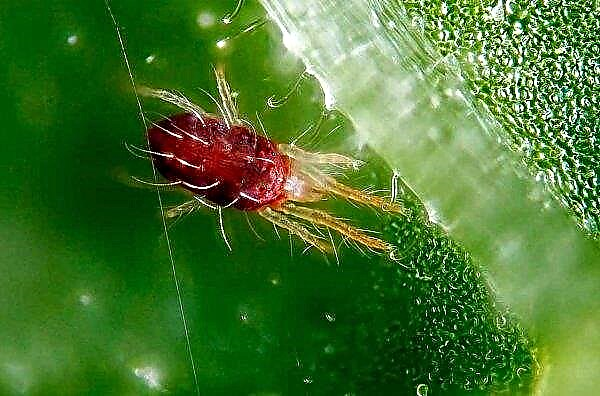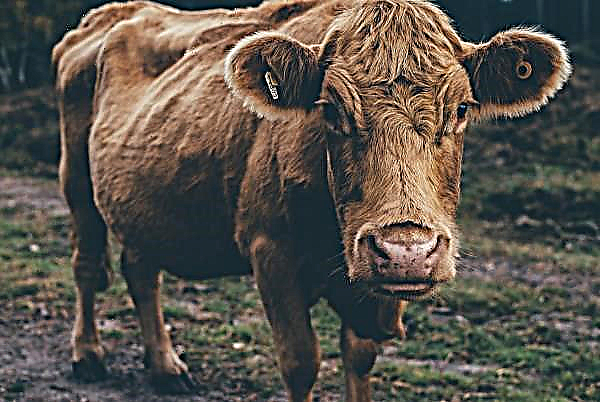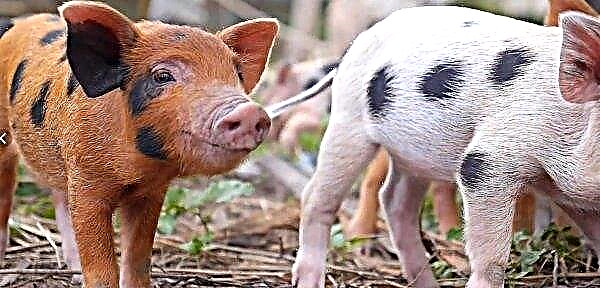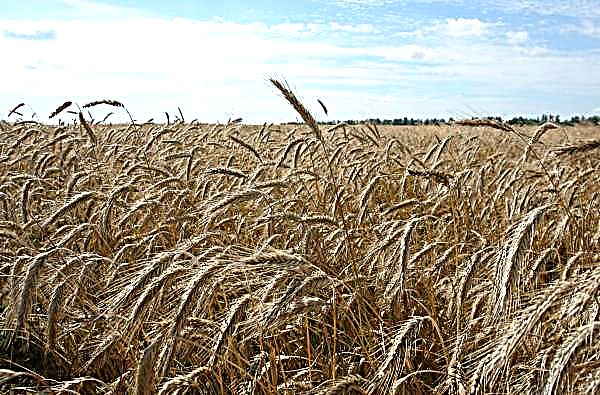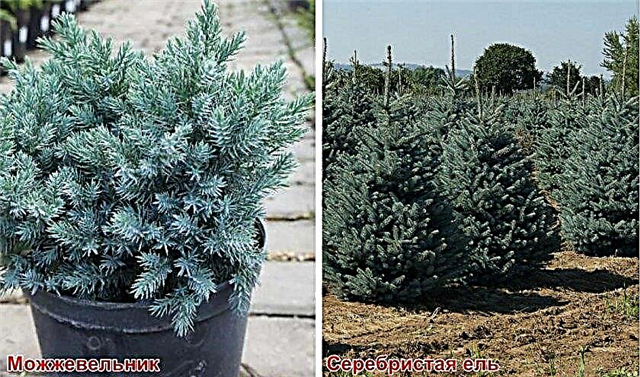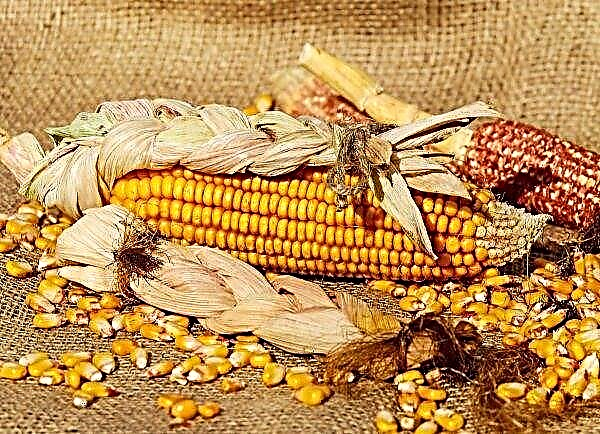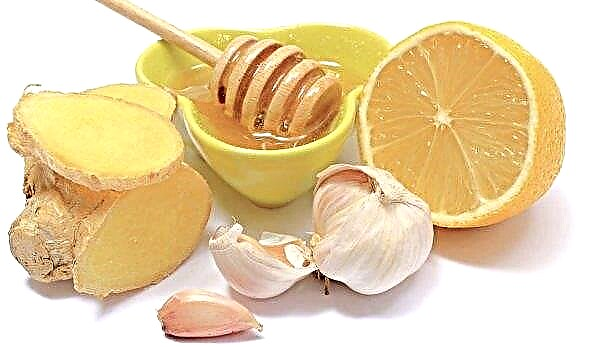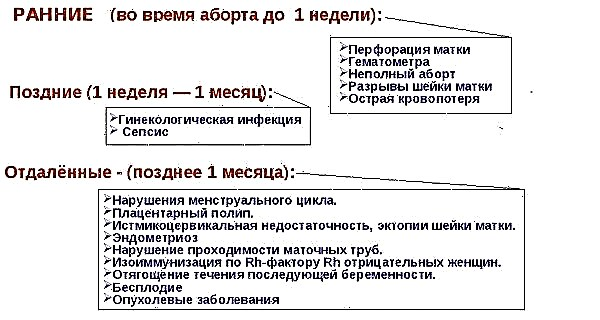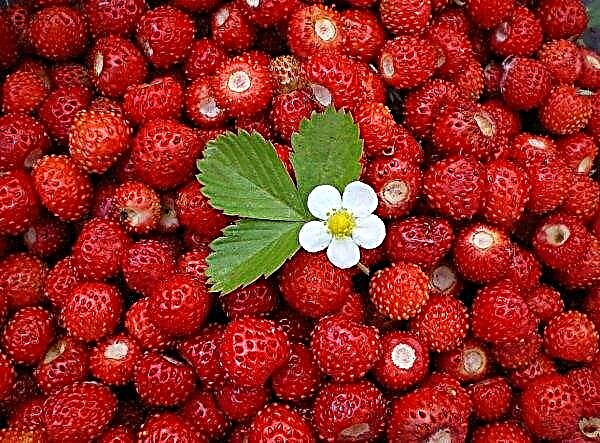Asplenium nesting belongs to ferns. In our latitudes it is used as a decorative foliage plant for decorating residential and office premises. What conditions Asplenium needs for optimal development and how to care for it at home, read below.
Botanical description of the plant
Homeland plants are tropical rainforests of Africa, Polynesia, Asia. In the wild, it grows like an epiphyte, growing on trees.
The rhizome of the plant is thick creeping or vertical shortened. It has a scaly structure. Plants are common on almost all continents. Depending on the climate zone, their appearance will also differ. In the tropics, they are tall bushes with cirrus or whole leaves that are fountain-shaped. Leaf plates grow from the top of the rhizome, reach a height of 2 m. At home, the height of the plants is much lower, up to 1 m.
Asplenium nesting leaf plates are often solid. The surface of the leaves has a leathery structure, bright green in color. The central vein is strongly pronounced, painted yellow-brown.Did you know? Ferns are among the oldest species of plants. They appeared about 400 million years ago in the Devonian period of the Paleozoic era.
Plants never bloom. In the lower part of the leaf plates on the inner side of the leaf are sporangia - the genitals that secrete spores by which the plant multiplies. In home culture, the plant looks spectacular, rarely gets sick and is affected by pests when creating optimal conditions that are close to natural.
In home culture, the plant looks spectacular, rarely gets sick and is affected by pests when creating optimal conditions that are close to natural.
House growing conditions
Asplenium nesting is a tropical plant, so the main attention should be paid to:
- maintenance of humidity;
- illuminations;
- temperature.
What kind of lighting is needed for the plant
Asplenium needs plentiful diffused lighting. Very afraid of direct sunlight. The pot with the plant must be constantly rotated around its axis relative to the light source, so that the crown forms even.
Placing plants is better on the east and west side.
Important! Asplenium, cultivated at home, retains its decorative effect in partial shade, but grows poorly with complete shading.
Requirements for temperature and humidity
Nest Asplenium loves warmth. The optimum mode for it is +20 ... + 28 ° С, in winter it is permissible to lower the temperature to + 18 ° С. In addition to heat, plants need high humidity, more than 50%, the optimal threshold is 75%.
Features of home care
To maintain the decorativeness of Asplenium nesting, you must follow the rules of agricultural technology.
Watering Rules
Asplenium needs moderate watering throughout the warm season. The soil should be moist, but not waterlogged. Optimally, the soil structure should be loose, but not soiled hands and not stick to them, that is, have a humidity of 50%. A plant, unlike others like it, tolerates short-term drought better than overflow.
Water is used at room temperature, settled, soft. Watering is carried out through the top, introducing water along the edge of the pot or into the pan. In any case, excess moisture from the pan must be removed 20 minutes after watering. In winter, watering is reduced, produced on demand approximately every 7-10 days, depending on microclimate conditions.
Peat is excellent for softening water. A handful of peat is added to 2-3 liters of water and mixed well. Defend the day and produce watering.
For watering through the top, you can use a watering can with an elongated nose. Water is poured until it begins to flow into the pan from the drainage holes. This method should be used more often than lower watering. Spilling the soil allows you to wash the salts that accumulate in the soil, which beneficially affects the development of plants.
Did you know? Ferns are able to improve the background radiation.
Top dressing
Fertilizers are applied once a month, starting in April and ending in September. Use dressings intended for ficus or philodendron, reducing the dosage indicated in the annotation by half. Universal fertilizer for all plants is "Mr. color - wagon." To feed ferns, it is bred in the proportion of 0.5 caps per 1 liter of boiled water cooled to room temperature.
2 times for the whole season, you can use top dressing based on a banana peel. For this, 3 bananas are put in a jar and 3 liters of water are poured. Insist 2 days. After this time, the solution is drained and diluted with water 1: 1.
Aspleniumam fertilizers are applied only through the top watering. It is permissible for foliar replenishment to be done by wiping with a wet swab, using a fertilizer solution in half the dosage of that required for the root. It is important that the swab is just wet, not leaking, otherwise moisture will get into the leaf outlet and the plant may die.
Pruning
Asplenium leaf removal manipulations are carried out in several cases:
- need to remove dried, yellowed, dying leaves;
- the plant has suffered from pests, illness or burns;
- need to stimulate the growth of new shoots.
Pruning by secateurs processed in alcohol is carried out. Large leaves are cut to the root.
Important! In no case are roots and young leaves crawling out of the pot located at the base of the plant. If they are damaged, the plant will not be able to recover, it is better to twist the roots on a hairpin and carefully attach them to the soil.
Pruning is permissible to carry out no more than 2 times a year and not during the active growing season (from April to October).
Transfer
Plants need replanting once every 1-2 years, depending on age. Manipulation is carried out at the beginning of the active vegetation phase. Optimal dates are April - May.
For Asplenium, the soil is prepared by mixing:
- 1 part of leafy soil;
- 2 parts of peat;
- 1 part of compost humus;
- 0.5 parts of sand.

The transplant is carried out by the transshipment method, if necessary, removing dried old roots. If everything is normal with the roots, then it is better not to touch them at all.
It is better to select a pot for Asplenium wide, but not too deep, since the root system in it for the most part grows to the sides, and not deep. It is optimal each time to take the pot 2 cm larger in diameter and 1 cm in height than the previous one. It is better for young plants to buy transparent containers, so it will be easier to monitor the development of the root system. Adults can take opaque or translucent pots.
Important! Top dressing after transplantation can be made no earlier than after 6 weeks.
Transplantation sequence:
- Perform manipulations 24 hours after watering, when the soil is loose and easily removed from the tank along with the roots.
- Be sure to treat the new tank with boric acid.
- At the bottom, place expanded clay mixed with perlite and sphagnum moss, you can also add small fractions of wood (you can take part of the soil for orchids).
- Lay a layer of soil over the drainage.
- Carefully tilt the pot with the plant to the side, supporting the leaf part with one hand. Immerse the other hand in the gap formed between the wall of the pot and the soil, and remove the plant.
- Move the Asplenium into a new container and fill the gaps with soil.
- Lightly moisten the soil with warm water (+ 30 ° C) and cover the plant with a cap or polyethylene.
- After 3 days, remove the polyethylene, and set the plant in a permanent place.

How to propagate at home
At home, Asplenium is propagated in one of 3 ways:
- disputes;
- dividing the bush;
- rooting kids.
Disputes
Spore propagation is best done in spring. For sowing spores, nurseries with lower heating are used, in which the temperature regime is maintained within +20 ... + 22 ° С.
A leaf with spores is cut and scraped off spores on paper. For planting spores, the soil is prepared from sphagnum moss, peat and sand, mixing them in equal proportions. The soil must be watered abundantly. To do this, use a solution of wood ash. For 1 liter of boiling water add 1 tbsp. l ash and cool the solution to a temperature of + 30 ° C, and then carry out watering. This will disinfect the soil and enrich with useful substances.
You will be interested to learn about the cultivation and care of other types of ferns:
Expanded clay with perlite is placed at the bottom of the nursery, then it is completely filled with soil. Disputes do not deepen, but sprinkle directly on the surface of the soil. The nursery is covered with glass and installed in a dark room. Every day the glass is removed for 15 minutes to ventilate the soil and check its moisture content, if necessary, spray from the spray gun.
After 4-12 weeks, when the sprouts appear, the nursery is moved to a well-lit place, and the glass is removed. When the plants reach a height of about 5 cm, they need to be thinned out. Weak instances are subject to removal. A distance of 2.5 cm should remain between the sprouts remaining in the pot. After 2 months, a transplant is carried out in different containers, placing 3 plants per 1 pot.

Dividing the bush
Manipulation is carried out in the spring at the time of transplantation. After removing the plant from the soil, carefully shake off the excess soil and assess the number of growth points. If the point is only one, division is not carried out. Each detachable part should have 2-3 growth points. Division is carried out manually.
Separated plants are rooted in a moist, loose substrate in transparent plastic containers. After that, they are covered with a hood for a week, periodically ventilated and, if necessary, moisten the soil.Did you know? Tree species of ferns in the tropics are used at a construction site, and in Hawaii various culinary delights are prepared from their core.

Rooting kids
Periodically on the veins, meristic tubercles are formed, which are then converted into brood buds. From such a kidney leaves and short petioles grow. Subsequently, such a kidney disappears and independently rooted. These buds can be broken off and rooted in a moist substrate. If the kidney has already fallen away and is rooted itself, you can simply dig it out and move it to another container.

Growing difficulties
Asplenium most often suffers from:
- leaf bacteriosis - the affected leaves are removed, watering is reduced, wood ash is treated;
- gray rot - the actions are the same as with bacteriosis;
- tafrins - fungal disease, the affected parts are removed, they are treated with “Tsineb” or its analogues according to the instructions;
- phylostictosis - Another fungal disease, the actions are the same as with tafrin.
At home, Asplenium may suffer from a mealybug attack. You can eliminate it with tobacco dust.
Did you know? Some varieties of ferns contain toxic substances, the most poisonous - the thyroid. But he also found application - it is used in the manufacture of medicines for worms.
Asplenium is used as a decorative foliage plant for home cultivation. In leaving is not exacting. When creating optimal conditions, it is rarely sick and affected by pests.


